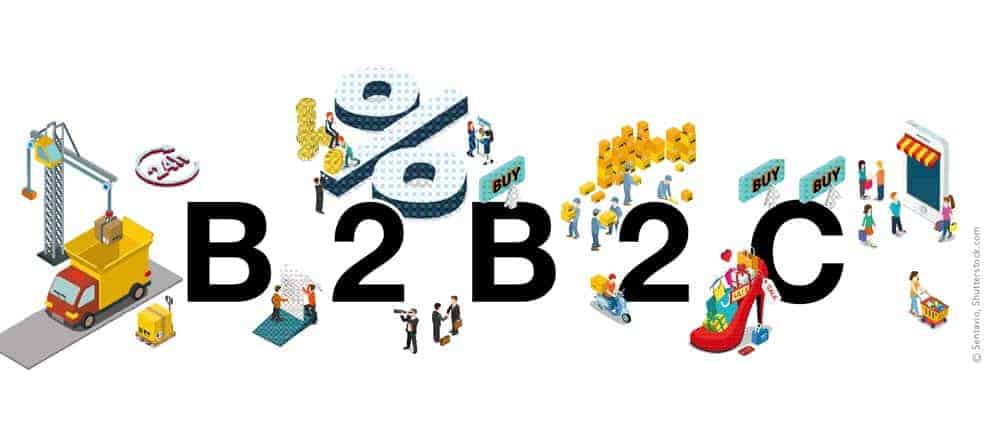Fate As A Chance For Retail


Over the past decades, the internet has drastically changed traditional retail models. The most well-known examples might be bookstores and airlines. Entire professions have been turned inside out, and the number of brick-and-mortar stores has been reduced greatly.
Retail has largely moved to the internet. Being able to directly sell to customers has become a differentiating factor. Twenty years ago, Dell began selling directly to customers—and while many companies tried to emulate its business model, Dell started building up indirect sales capabilities.
The internet also offers new kinds of omnichannel retail possibilities. Manufacturers and retailers move their products to major platforms like Amazon, eBay, Alibaba, Wish and more. They hope for more customers and global market reach. Necessary investments remain low since the companies do not have to build up complex IT architectures or infrastructures.
However, Amazon, Zalando and the others need an open and stable infrastructure to stay highly scalable and to be able to integrate other systems. To remain flexible, cloud is the technology of choice for platform providers to be able to e.g. withstand spikes on strong days like Black Friday.
Platform providers aggregate a lot of data from sellers and buyers alike. Trading the data is a new business model of its own. If they adhere to local and international security, data protection and certification regulations, then the manufacturers and retailers also profit from this business model.
Retailers do not necessarily need platform providers to be successful on the internet, though. They can build up their own online shops with some additional effort and transform their niche product into a prime revenue generator.
Such projects face some challenges, however. Of course, an online shopping platform needs to comply with modern customer requirements like mobility, transparency, modern ways of communication like chats, comments, reviews, and so on. SAP’s cloud solution for integrated e-commerce, sales, CRM, analytics, service and more and new applications like Qualtrics for experience management are key here.
The system behind the platform needs to run smoothly and needs to be extremely flexible, highly scalable and stable. Seamless integration of master data management in SAP Cloud Platform through standardized interfaces and data exchange protocols is indispensable.
Customers expect more information about products. This information is rarely found in structured data. Still, companies need to make sure that they provide the necessary information in intelligent search queries.
Furthermore, customers not only want a modern retail platform, but high availability. Not getting the product they want when they want it is almost as unforgivable as a slow and faulty website. Which is why platform providers have to work with suppliers that can actually deliver.





